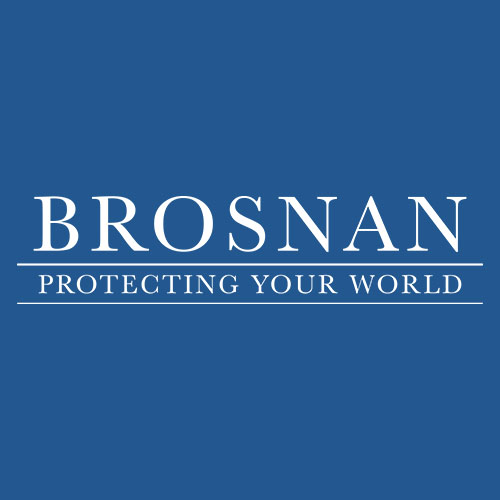Security services during periods of political unrest has been a hot topic in the commercial real estate and brick-and-mortar retail business industries lately. The 2020 Presidential election is just weeks away and many are bracing for an increase in protests and violent social unrest. Having a reliable emergency response security plan in place is a top priority for businesses around the country.
It goes without saying that the nation is already on edge from the aftermath of the COVID-19 pandemic, violent social justice protests and a new war on police. In addition, senior intelligence officials warn of potential attempts by China, Russia and Iran to influence the election. Even if these state actors don’t influence the result by tampering with votes, their ability to infiltrate social media to sway public opinions and foment violence is of great concern.
Mail-In ballots have also become a lightning rod issue, with many Democrats and Republicans taking sides. President Trump warns of increased voter fraud and issues with an already strapped U.S. Postal Service. Biden and many Democrats argue that mail-in ballots are a safe way to hold the election during an ongoing pandemic. Because of the increase in mail-in ballots, it is now estimated that official election results won’t be available until 7-10 days after election day. This does not help an already unstable environment.
FREE Resource: Security Best Practices During COVID-19
Regardless of who wins, we expect there will be widespread protests and social unrest. How large the protests are and how long the unrest lasts, no one knows for sure. What we do know is that every brand and business should prepare now to protect their people and assets.
Monitor Potential Threats to Your Business
Social unrest is often unpredictable. A peaceful protest can turn violent in a moment. That’s why continuous monitoring for intelligence data is critical. The more data you have, the better your decisions.
Sources should include local and federal law enforcement and social media. Whether you do this monitoring internally or through a third party, it’s important to have 24/7 security monitoring coverage as many violent situations erupt overnight. Your monitoring should look at the national situation, but also focus on geographic areas where you operate or have remote employees.
Educate Your Employees
Employees need a security and evacuation plan in case they get caught up in violent protests. This applies to those working at your physical location and remote employees who may experience disruptions in their areas. Leadership should communicate all Emergency Response protocols to employees and practice potential scenarios.
De-escalation training is also an excellent resource for your staff. It is helpful in customer service interactions, dealing with co-workers who hold different opinions and in everyday life where your employees may face difficult situations in person or online.
Lastly, companies should prepare a policy in advance should staff wish to leave work to take part in protests, post on social media or display clothing and logos related to a political party or viewpoint. An employee’s public statements may affect brand reputation. It’s important to value free speech while also mitigating risk to your organization.
The most important thing you can do is set the tone within your company. Provide clear guidelines on your expectations for employee interactions with the public and with each other. These should be laid out in your company code of conduct or anti-discrimination/harassment policy.
Consider Additional Security Services
For businesses in the path of violent protests, the result can be catastrophic. From looting to arson, thousands of businesses have been impacted during the recent months of racial justice protests. The patterns seen during these protests are expected to continue in the lead-up to the election and after the results are announced.
Police in your area may not be able to respond should you need them. Many departments are fielding an influx of 911 calls while also manning protests. With the recent defunding of some police departments and targeting of police officers, it’s made a difficult situation even worse. Due to these issues, some businesses have reported major delays in police response times. These delays further embolden those who intend to harm property or individuals. It is critical that you have a security plan that goes beyond your local police response.
How do you protect your business if local authorities can’t respond?
- Implement physical barriers and deterrents to crime. Police dispatches to protests are often outnumbered by angry mobs, and the situation is too dangerous to risk their lives defending your property. Adding physical barriers such as gates and bars may help prevent looters from entering your premises. Alarms and cameras may be ignored by a mob, but these measures allow you to capture the perpetrators on video so police can follow-up should an incident occur.
- Deploy a Strategic Response Team. These highly trained individuals respond during evolving emergency situations and provide protection until local authorities are able to respond. A Strategic Response Team’s goal is to deter and defuse the threat.
Re-Assess Your Business Continuity Plan
Protests may not march past your physical building, but they might impact your supply chain or the ability for your employees to go to work when curfews are enacted. If your Business Continuity Plan does not account for social unrest, spend some time evaluating the potential impacts and creating contingency plans.
All indicators show that it is not if but when the next violent protest will erupt. A little planning and preparation go a long way.
Thanks for reading!
Need some assistance? Let us know how we can help!



